
When most Americans think about Finland, the first images that come to mind are the pine trees and pristine lakes of the Lakelands, the snowy expanses and northern lights of Lapland, or the distinctive historic and modern architecture of Helsinki.
However, Finland is a coastal country, and the southwestern region is home to the world's largest archipelago by number of islands (approximately 40,000). One of the best ways to experience this part of Finland is the Small Archipelago Trail, which can be explored by bike, car, or mass transit. This guide focuses on traveling the Small Archipelago Trail by car, but much of the information is also relevant to other forms of transportation.
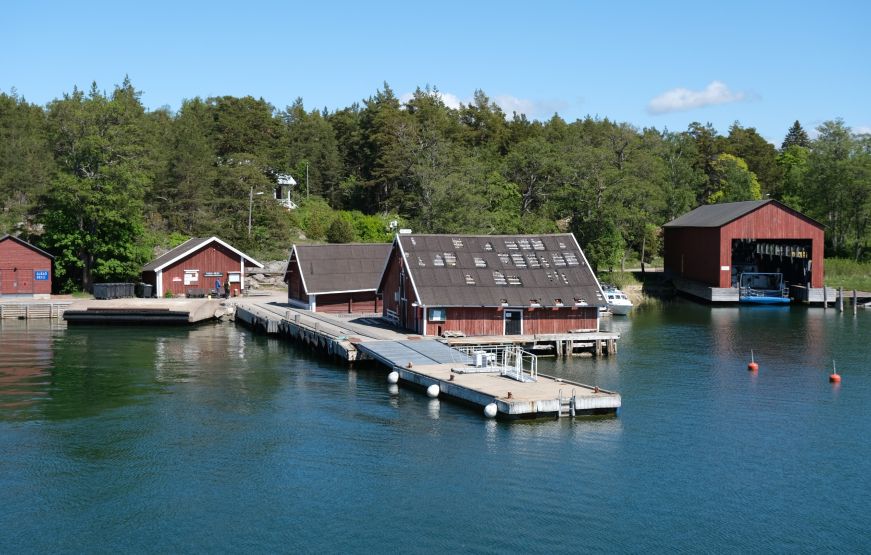
What is the Small Archipelago Trail?
The Small Archipelago Trail is 120-kilometer scenic drive that takes you across over a dozen islands that are connected by bridges and three ferry crossings. The route is open mid-May through the end of August.
By car, driving the Small Archipelago Trail takes one day. We started and ended our journey in Turku—as the largest city along the route, it makes a good base. We set off at about 9:30 a.m. and got back to our accommodations by 7:00 p.m.
The Small Archipelago Trail is a shorter version of the Archipelago Trail, which is 250 kilometers long and takes at least two days to drive.
Finland's two official languages are Finnish and Swedish, and most of the cities and towns along the Small Archipelago Trail have a unique name in each language. Turku, Naantali, and Rymättylä are usually referred to by their Finnish names, while Nagu and Pargas are typically known by their Swedish names. In the recommended stops section below, I have included both the Finnish and Swedish names, listing the most commonly used name first.
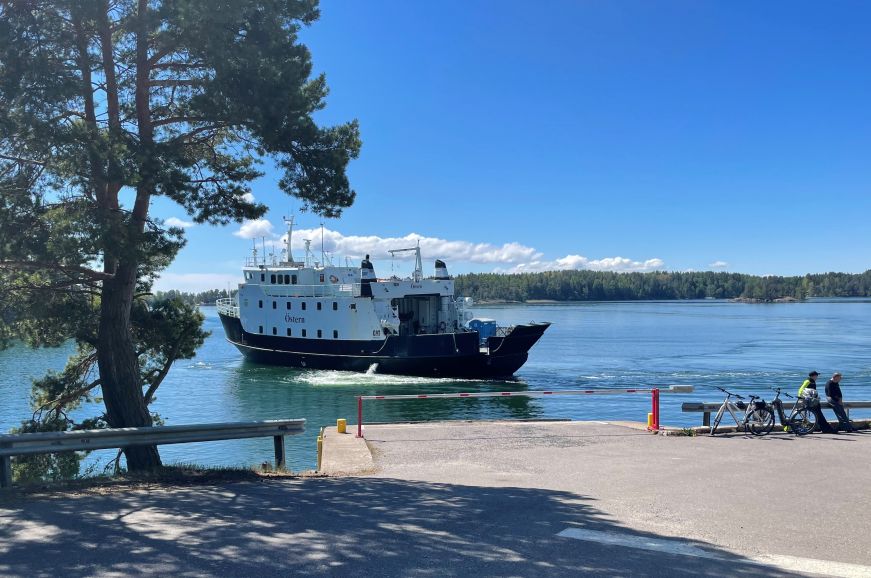
What is the route like?
You can drive Small Archipelago Trail in a clockwise or counter-clockwise direction. We opted for counter-clockwise because it made more sense based on the M/S Östern ferry timetable (more information on ferries below).
We navigated the Small Archipelago Trail by putting the next destination into our car's navigation system at each stop. There is also plenty of signage along the route, indicating the direction and distance to various cities. Once we left Turku, we basically stayed on the same road, with a brief detour to see the Kuusisto Bishop’s Castle Ruins.

The entire route is paved, and ranges from a narrow, unstriped road in the rural portions of the route to highways and urban driving in Turku.
The Small Archipelago Trail includes three ferries. The first is the Hämmärönsalmi ferry, which takes about 5 minutes and runs every 20 minutes. This ferry is free of charge, and you stay in your car throughout the ride.
The second ferry is the M/S Östern, which takes about an hour and runs three times per day (make sure to check the timetable and plan your day accordingly!) It costs 36€ per car, including passengers. Outdoor seating, bathrooms, and a cafe serving light meals, snacks, and alcoholic beverages are available on board. This is one of the highlights of the route—the views of the archipelago from the ferry's sundeck are incredible.
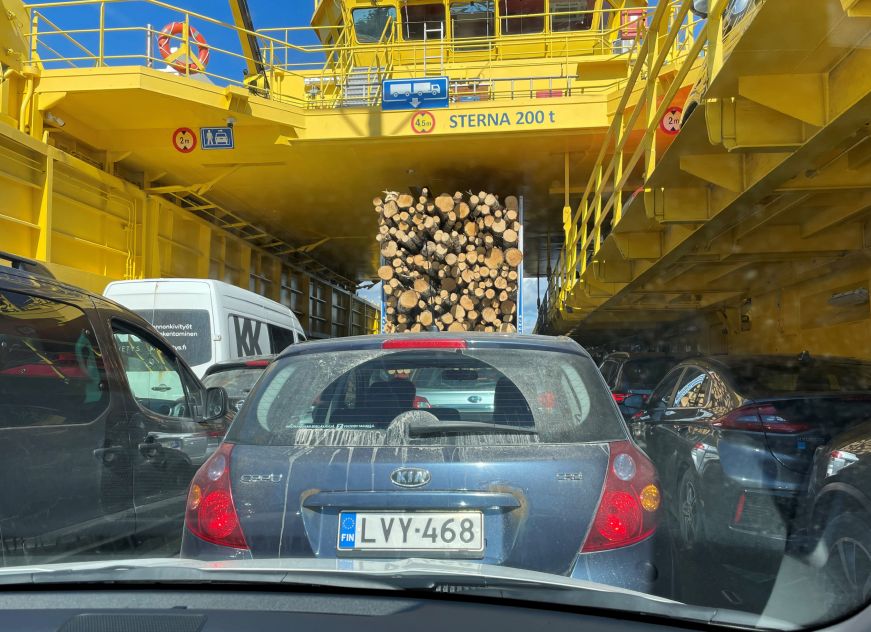
The third and final ferry connects Nauvo/Nagu to Parainen/Pargas. It takes about 10 minutes and runs every 15 minutes. This ferry is free of charge, and you stay in your car throughout the ride.
We found ample parking at each stop along the route. The only place where we had to pay for parking was Naantali, where we paid a couple of euros for an hour of street parking via a meter that accepted credit cards.

Where should I stop along the Small Archipelago Trail?
Turku/Åbo: Turku is one of Finland's largest cities, so I recommend making it your base and spending at least two nights here instead of trying to see it in a few hours.
Since Turku was the capital of Finland during the 500-plus years of Swedish occupation, it's home to the oldest buildings in the country: Turku Castle and Turku Cathedral. Start at one and walk along the Aura River to the other—it's a beautiful walk, with dozens of riverside cafes and restaurants along the way. Turku is also known for its quirky public transportation, including Föri the pedestrian ferry and a funicular.
More information about Turku is available here.
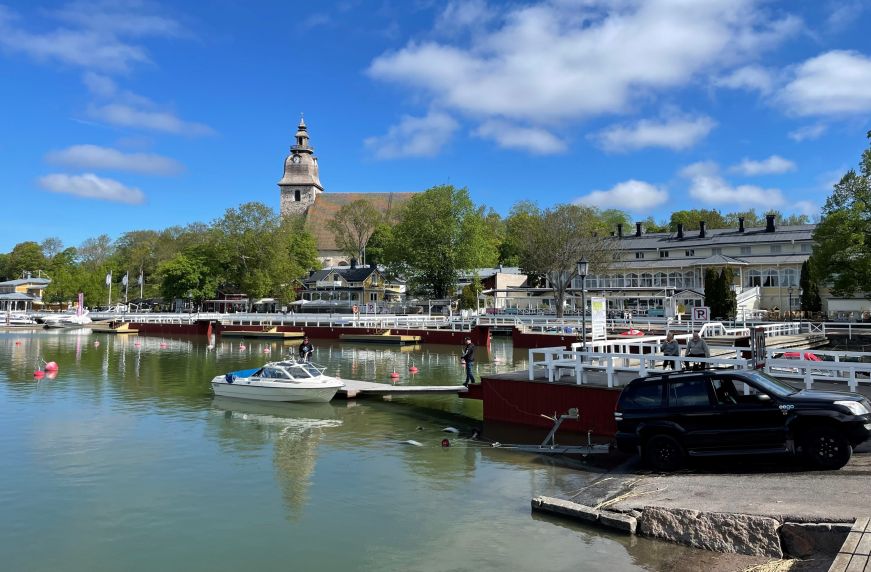
Naantali/Nådendal: Naantali has a touristy, seaside vibe, with a harbor ringed by cafes, restaurants, and shops. It is also home to the Moominworld theme park and the Naantali Spa & Hotel.
Since we were in Naantali on a Monday morning in May, nearly all of the shops and restaurants were closed during our visit. We did enjoy seeing the striking medieval church and walking to the top of a hill overlooking the harbor to take some photos.
More information about Naantali is available here.
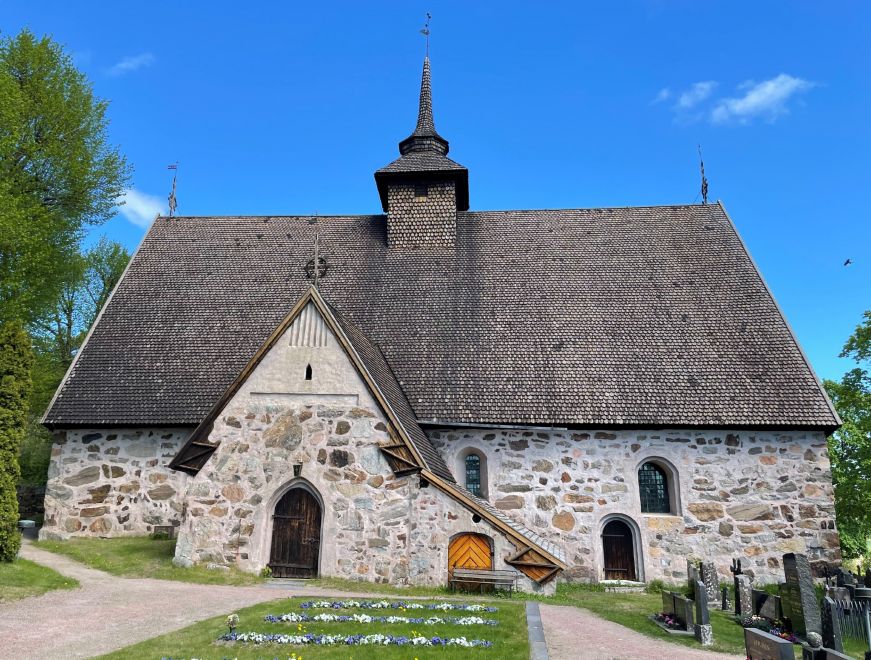
Rymättylä/Rimito: The small town of Rymättylä was the lowest-key stop along the route, and my favorite. The medieval church and graveyard share a parking lot with a supermarket, and a nearby cafe, Kahvio Tuulisolmu, serves coffee, sweet and savory pastries, and a buffet lunch.
After leaving Rymättylä, you will take the Hämmärönsalmi ferry and M/S Östern to continue along the Small Archipelago Trail.

Nagu/Nauvo: The M/S Östern deposits you at the Nagu Harbor, which is a small and very touristy assortment of restaurants and shops, plus a medieval church. Köpmans Cafe & Restaurant has a stylish dining room and lovely outdoor seating area, and it's a good place to get tasty (if overpriced) gelato. There's also a convenient post office in the nearby Saaristo Shop.
More information about Nagu is available here.
After leaving Nagu you will take the Nauvo/Nagu to Parainen/Pargas ferry to continue along the Small Archipelago Trail.

Pargas/Parainen: Unlike most places we visited in Finland, Pargas' historic old town is mostly a residential area. You can explore it via a self-guided walking tour, but all of the shops and cafes are located in a modern commercial area on the other side of the canal. I got a scoop of ice cream from a kiosk and enjoyed it from a bench along the canal.
The city's most unique feature is the Pargas limestone quarry, which has been continuously mined since the 1200s and is a 10-15 minute walk from the town center. You can view the quarry from a designated overlook that has parking spots and interpretative signs in Finnish, Swedish, and English (access the viewpoint at the intersection of Skolgatan and Storgårdsgatan).
More information about Pargas is available here.
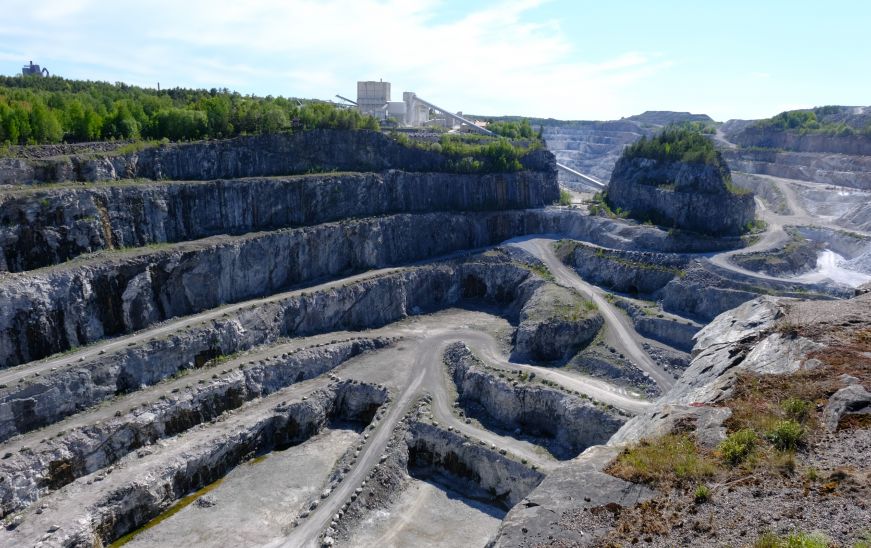
After Pargas, you can continue along the Small Archipelago Trail and return to Turku. Alternatively, you can take a short detour to see the Kuusisto Bishop's Castle Ruins. In the 1400s, castle was the height of luxury, with glass windows, a rudimentary version of central heating, and Finland's first indoor toilet. Now the ruins are a national park, with interpretive signs in Finnish, Swedish, and English. The site is not staffed and entry is free of charge.

Is exploring the Small Archipelago Trail by car worth it?
Yes! Driving the Small Archipelago Trail was one of my favorite experiences in Finland. In a relatively short drive, you get to see beautiful scenery, medieval buildings, and rural areas, and you're never very far away from ice cream and pastries—that's my kind of road trip.
If you enjoyed this post, pin it!

